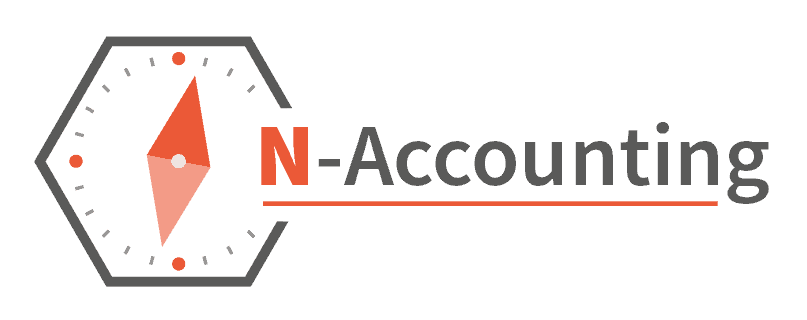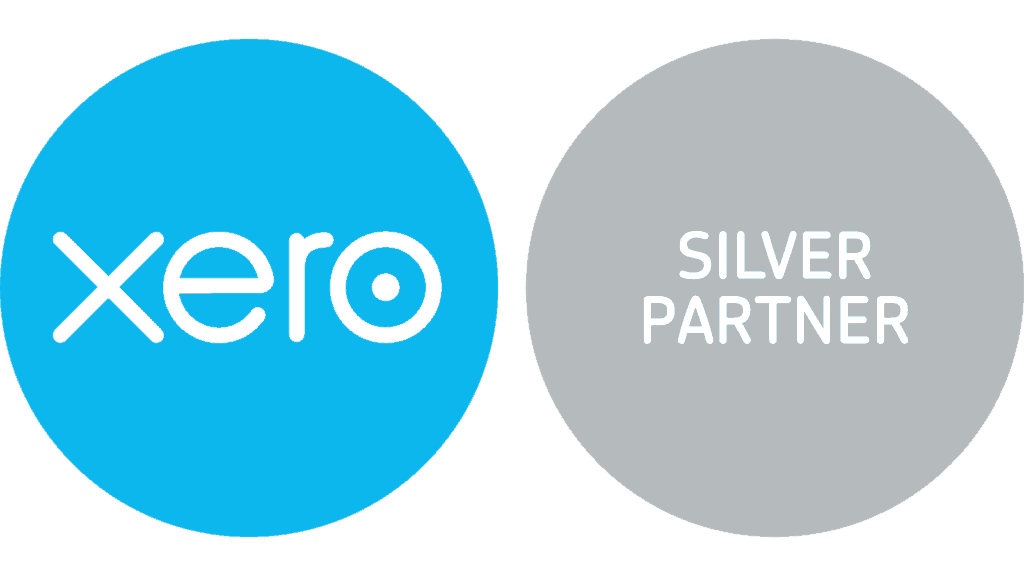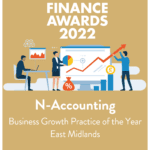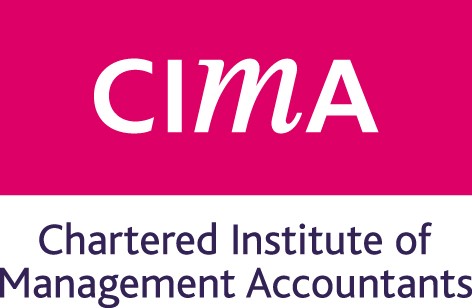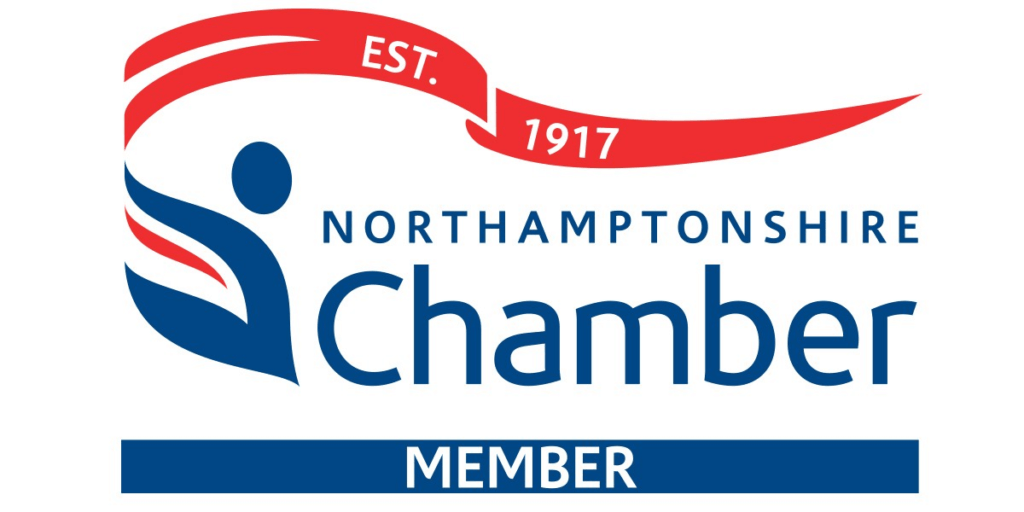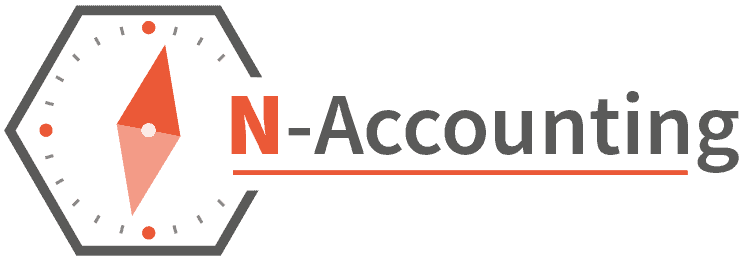Businesses are functioning in an environment that is constantly changing and rapidly developing and each one of them are fighting to stay afloat in this competitive corporate world.
If truth be told, these dramatic changes can help companies move up the ladder from being a local unit to a large-scale business, but in order to do that, you and your business must learn to survive in a competitive world.
We’re sure you aren’t a stranger to the phrase “cash is king” and there is a reason why those three words are uttered from the mouths of business owners so often. Cash makes the world go round and that is certainly true when it comes to running your own company.
Having a healthy cash flow is of the upmost importance, especially for small businesses and start-ups.
At Northants Accounting, we understand that keeping on top of your finances in order to have a healthy cash flow isn’t as easy as it looks. Situations arise that are not expected and sometimes that means your finances take a hit, but that is why it is so crucial to have a healthy cash flow so that you’re well prepared in such events.
It’s not just start-ups that need to cautiously monitor and forecast their money transactions either. Whether you’re a start-up or a multinational company, cash flow forecast has time and again proved to be a vital tool to success. It helps determine where your business is headed, what is in store and what needs to be reviewed.
So, at Northants Accounting we decided it would be useful to our readers to delve deeper into how businesses can prepare a cash flow forecast.
Looking for a new accountant?
GET IN TOUCHHow To Prepare A Cash Flow Forecast
You’ve probably heard the term cash flow forecast thrown around a few times, but maybe you’re not entirely sure how to prepare one or exactly why they are so important.
Northants Accounting have put together a simple step-by-step guide to guide you with the process.
Step #1 Prepare A Sales Forecast
If you’re an established business, you need to start by taking a look at your previous year’s sales and accordingly make adjustments on the basis of past trends and market analysis.
But, if you’re just starting out, start by looking at your competitors and estimate your outgoings. This way you’ll understand how much cash needs to come in and the sales target you need to set. Bear in mind, sales figure keep on fluctuating, so you might have to make changes accordingly.
Step #2 Prepare A Detailed Sheet On Estimated Cash Inflows
The sources of cash inflow vary from one business to another and it’s not necessarily through sales. So, preparing a detailed sheet regarding the same can turn out to be beneficial for business forecasting. You need to know exactly what is coming in.
Step #3 Prepare A Detailed Sheet On Estimated Cash Outflows
Enlisting the cash outflow is as vital as providing cash inflow. In order to enlist the expenses, you’ll have to work out how much it will cost you to make goods available. This way, you’ll be able to fine-tune the sales figure once the sale is complete and work out whether you need to make any changes.
If you’re struggling to balance what’s going in versus what’s going out, it may be time to seek the help of an experienced accountant.
Step #4 Remember The Details
After you’ve slated and decided the forecasting period, it’s all about the flow of cash and timings. You’ll need an opening balance, which is the actual cash in hand. To do this, you’ll be adding the cash inflow and subtracting cash outflow. The amount that you’ll receive at the end of the month would be the opening balance of the next month.
Once you’re done with the forecast, ensure that you’re reviewing the estimated and actual cash flow to gauge if your business has made the cut. This way, you can bridge the gap in the coming months and years.
Make it a priority to spend a little time each week updating the cash flow forecast for your business. Staying one step ahead of the game never hurt anyone, after all.
You don’t need to use anything overly complicated to get it right, either. A simple spreadsheet will allow you to manage your cash flow on a weekly or monthly basis.
One way to stay ahead is to predict the cash flow for the next three to six months. If you do this, it will mean you can avoid any unexpected issues. Instead, you’ll know where your business stands financially and you will be able to nurture any problems as and when they arise.
If you wish to know more about cash flow and forecasting, then feel free to get in touch with us today and we’ll give our best to solve your queries!
